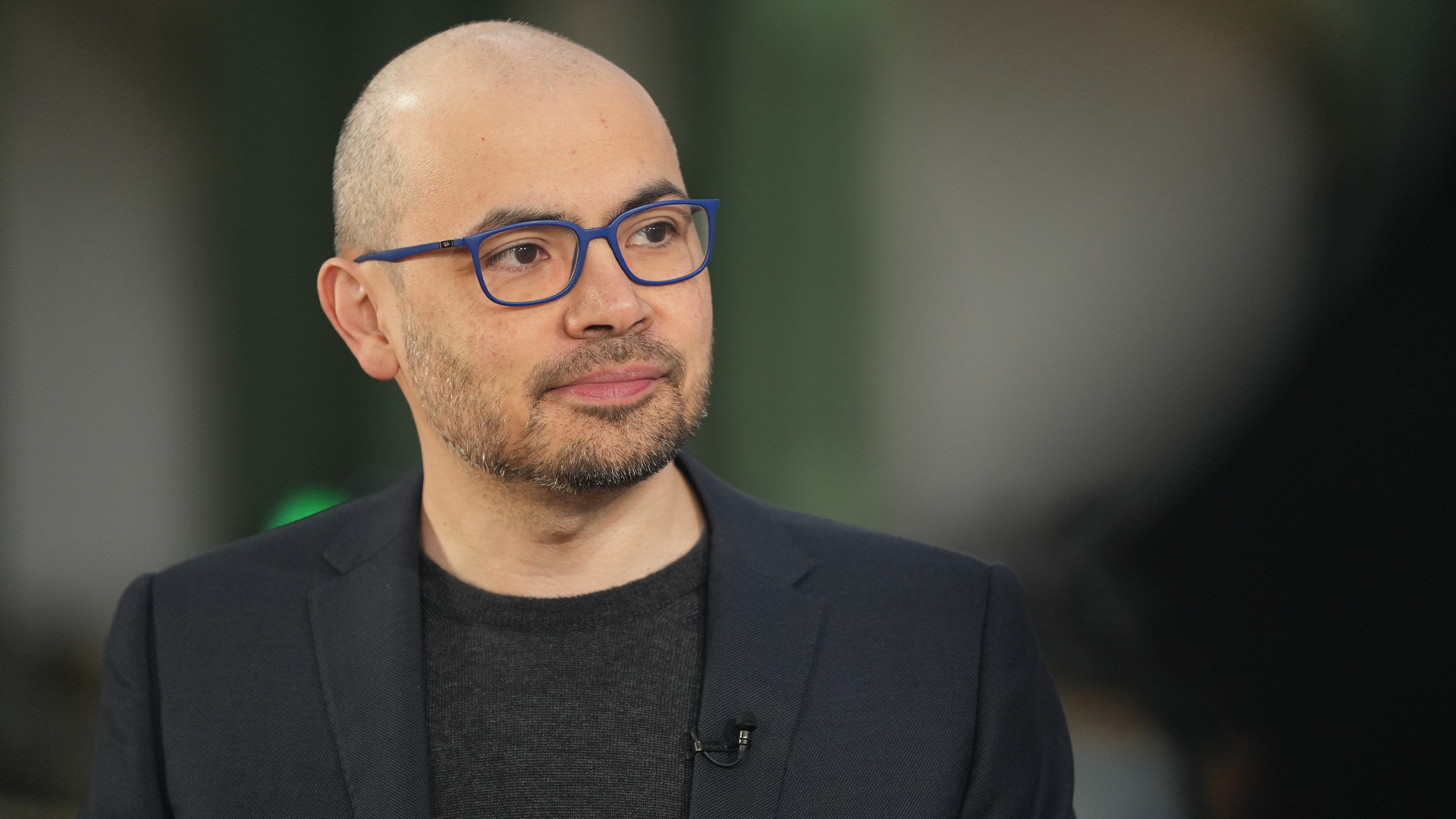Apollo Guidance Computer hacked to mine bitcoin
A software engineer has reconfigured the tech used to navigate moon landings to harvest cryptocurrencies


A software engineer has reconfigured the only remaining Apollo Guidance Computer (AGC) that still works to mine for bitcoin.
Tinkerer Ken Shirriff, who has an extensive back catalogue of system restorations and reverse engineering for famous legacy technology, took on a project to restore the 52-year-old guidance computer which was used on-board each Apollo command module (CM) and Apollo Lunar Module (LM) during the Famous NASA space program - including the first Moon landing in 1969.
However, Shirriff isn't planning on reaching the moon, instead, he's hacked the computer to mine for the bitcoin cryptocurrency - with mixed results.
"Now that we have the world's only working AGC, I decided to write some code for it," Shirriff wrote in his blog. "Trying to mine Bitcoin on this 1960s computer seemed both pointless and anachronistic, so I had to give it a shot.
"Implementing the Bitcoin hash algorithm in assembly code on this 15-bit computer was challenging, but I got it to work. Unfortunately, the computer is so slow that it would take about a billion times the age of the universe to successfully mine a Bitcoin block."
It's often said that the CPU in the Apollo vehicles wouldn't power a modern smartphone, but it was actually dated long before that by pocket calculators of the 1980s. It doesn't even have a microprocessor since it was built years before they were developed. As such, its capability for modern tasks - like mining cryptocurrency from a CPU - is very limited. To put it in perspective, a $70 USB stick miner performs 130 billion hashes per second.
Shirriff's efforts are shown in a YouTube video where the results are displayed on a custom made DSKY (Display/Keyboard) because he wasn't able to find an original DSKY that worked.
Sign up today and you will receive a free copy of our Future Focus 2025 report - the leading guidance on AI, cybersecurity and other IT challenges as per 700+ senior executives
"The Apollo Guidance Computer took 5.15 seconds for one SHA-256 hash," resulting in a hash rate of 10.3 seconds per Bitcoin hash, Shirriff noted.
"Currently, the Bitcoin network is performing about 65 EH/s (65 quintillion hashes per second)," he said. "At this difficulty, it would take the AGC 410^23 seconds on average to find a block. Since the universe is only 4.310^17 seconds old, it would take the AGC about a billion times the age of the universe to successfully mine a block."
While Shirriff isn't going to get rich any time soon from this experiment, it does highlight how much was achieved with so little. The AGC was one of the first computers to use integrated circuits and weighed just 70 pounds, under a cubic foot in size, which was an extraordinary technological breakthrough at the time.
Bobby Hellard is ITPro's Reviews Editor and has worked on CloudPro and ChannelPro since 2018. In his time at ITPro, Bobby has covered stories for all the major technology companies, such as Apple, Microsoft, Amazon and Facebook, and regularly attends industry-leading events such as AWS Re:Invent and Google Cloud Next.
Bobby mainly covers hardware reviews, but you will also recognize him as the face of many of our video reviews of laptops and smartphones.
-
 Google DeepMind CEO Demis Hassabis thinks this one area of the tech industry is probably in an AI bubble
Google DeepMind CEO Demis Hassabis thinks this one area of the tech industry is probably in an AI bubbleNews AI startups raising huge rounds fresh out the traps are a cause for concern, according to Hassabis
-
 Everything you need to know about Google and Apple’s emergency zero-day patches
Everything you need to know about Google and Apple’s emergency zero-day patchesNews A serious zero-day bug was spotted in Chrome systems that impacts Apple users too, forcing both companies to issue emergency patches
